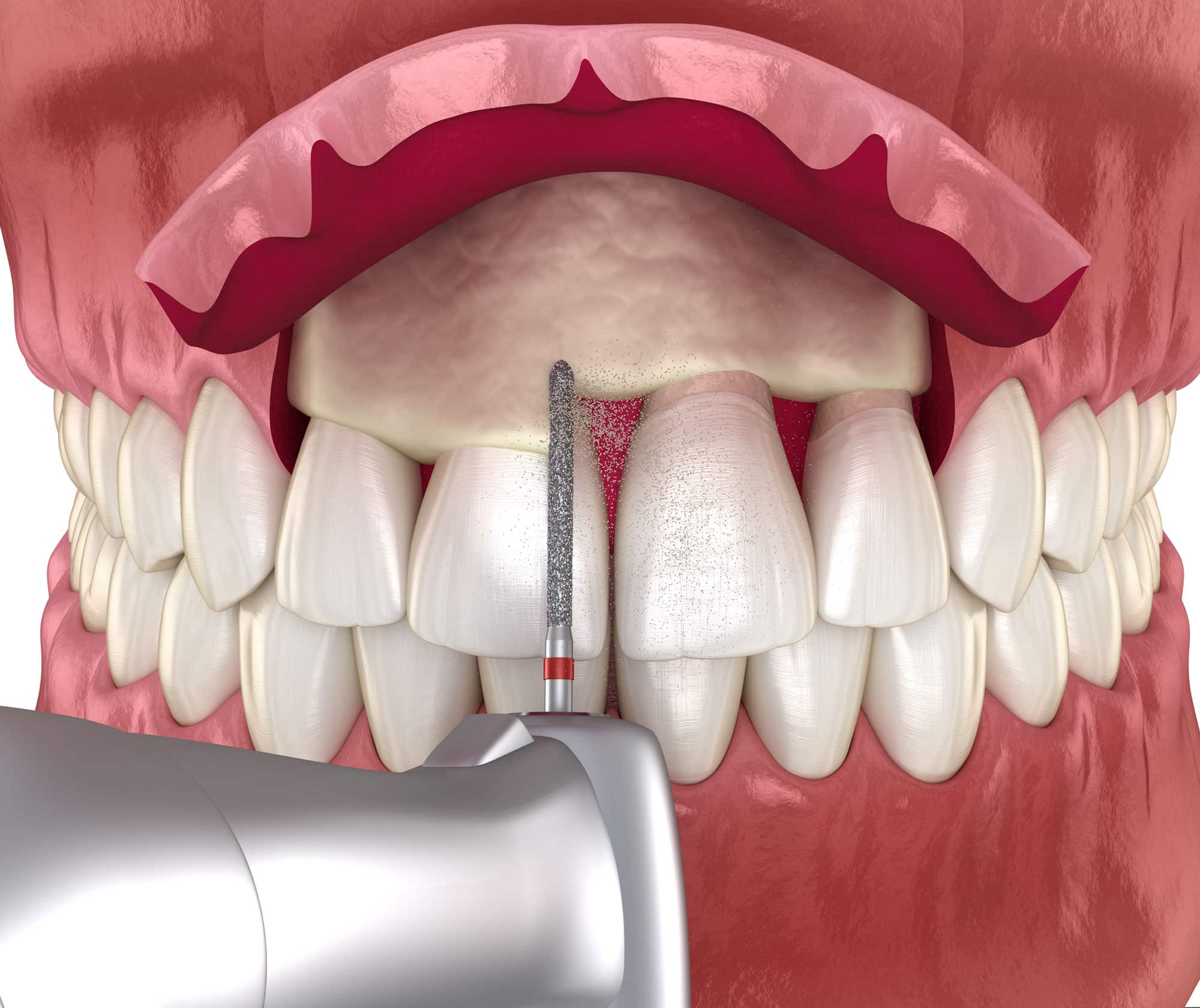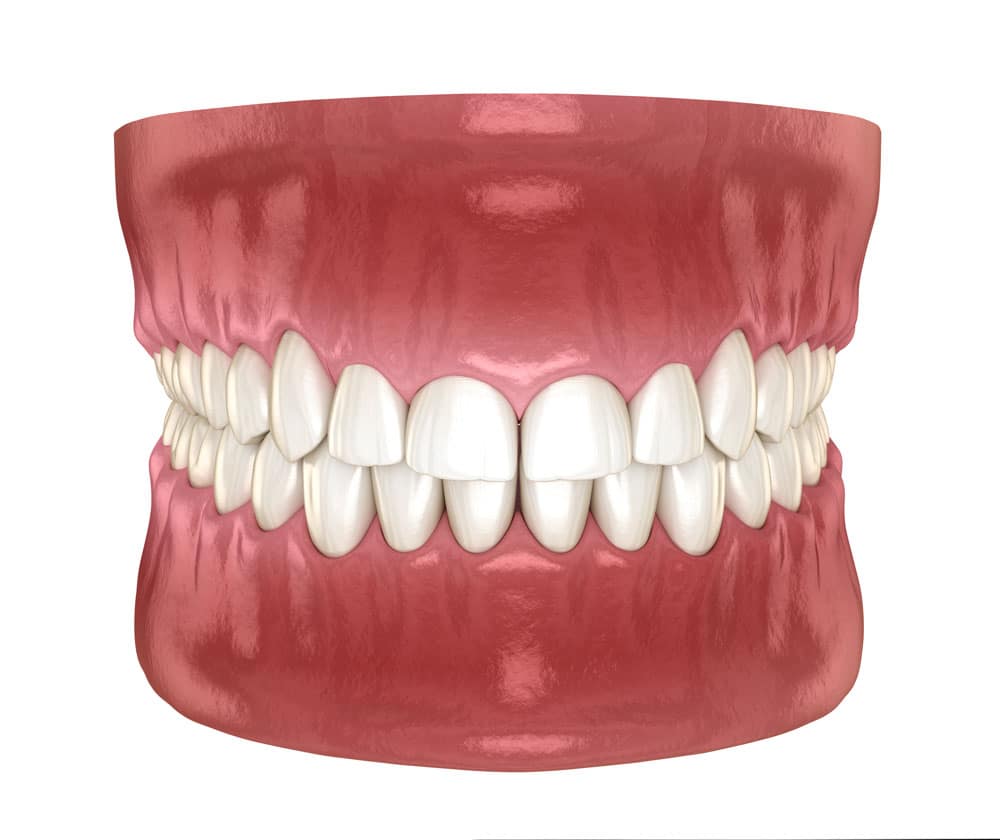Crown Lengthening
Crown lengthening may be an odd term for many people but it’s a simple procedure that dentists, more often periodontists, know well. The goal of the procedure is to show more of the tooth. Crown lengthening may be done to accommodate other dental procedures, such as installing a crown, or for esthetic purposes.

Crown lengthening is when the dentist or periodontist adjusts the gum position around a tooth so that more of the tooth is exposed. This can be helpful if the dentist is doing other procedures and needs more tooth surfaces to install a crown or bridge.
Reasons to Get Crown Lengthening
Crown lengthening is a common dental procedure that can help with several different types of issues. Below are some of the most common reasons why you would need crown lengthening:
- Tooth is decayed
- The tooth is broken below the gumline
- Tooth is short
- Teeth look uneven
- You have a "gummy smile" that you want to be reduced
What Happens During Crown Lengthening?
Crown lengthening surgery isn’t so far different from other types of oral surgery. A local anesthetic will be applied and that will likely be a topical solution followed by an injection. Then, the dentist does the procedure. Most of the time, the procedure can be done in under an hour. However, the full treatment, including the evaluation, surgery, and recovery time can take up to three months.

Preparing for a Crown Lengthening
One of the aspects of getting crown lengthening is that you may need to wear a temporary crown until the surgery is done. This depends on why you are getting the crown lengthening done. Those who are getting crown lengthening to put a permanent crown over the tooth after a root canal or some other procedure will need a temporary crown. The dentist will also ask and arrange for any sedation therapy if you need it. The dental surgeon will also evaluate your medical history and medications.
The Surgical Procedure
Crown lengthening is an outpatient procedure. You will be given local anesthesia and the periodontist will then make incisions into the gums to pull them back from the teeth to give exposure to teeth roots and bone. They will remove some gum tissue and then wash the area with saltwater. The periodontist will be sutur, or stitch up the area. They may put a bandage over the area.

Recovery
You will be told to avoid heavy physical activity for about three days but recovery is usually easy for most people. You will need to take over-the-counter pain medication immediately after your surgery as the anesthetic wears off. You will also need to use an ice pack to reduce swelling and pain. A key recommendation is to avoid hot foods for the first 24 hours. Also, leave the dressing in for up to two weeks. Your periodontist will advise you on how long you should leave the dressing in for your specific case.
